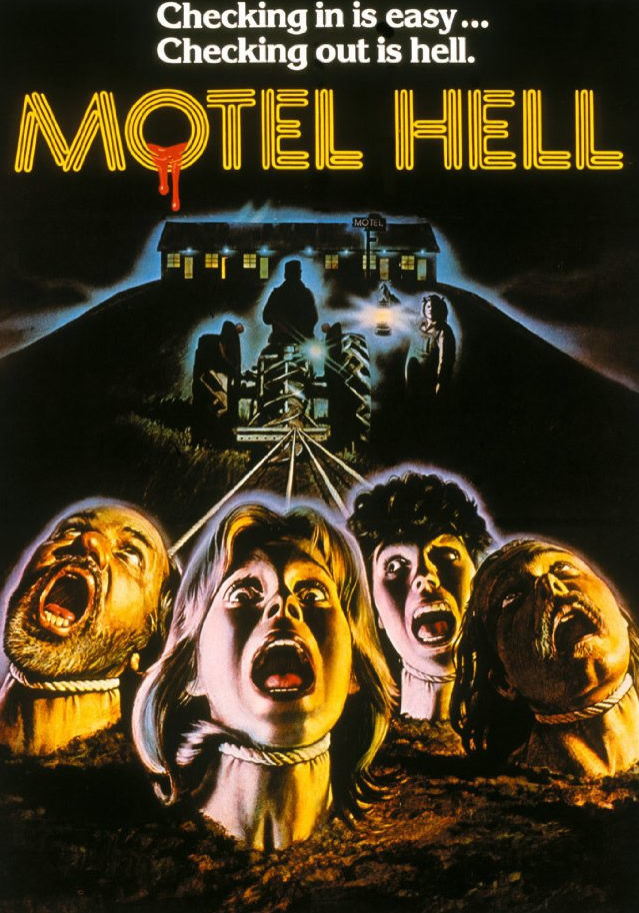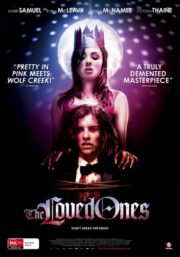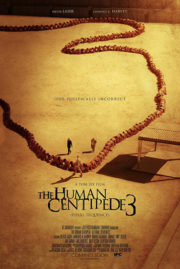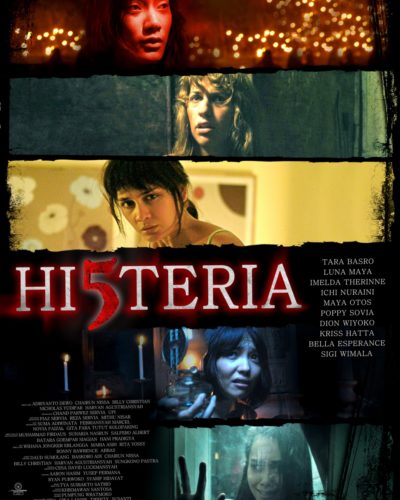A Recipe for Terror: “Motel Hell”
“Meat’s meat, and a man’s gotta eat.” This grisly mantra from the 1980 horror-comedy Motel Hell sets the tone for a film that simultaneously repulses and amuses. Directed by Kevin Connor, Motel Hell takes viewers into the twisted world of Farmer Vincent Smith and his sister Ida, who run a remote motel and have a wicked sideline in the finest smoked meats. Unbeknownst to their patrons, the secret ingredient to their savory delights lies in the garden of human captives they keep buried up to their necks. As innocuous as it might first appear, this cult classic is anything but ordinary, blending satire, black humor, and traditional horror to create a uniquely flavored experience.
Beneath the Surface: Crafting Atmospheric Horrors
The film’s atmosphere and tone flirt with a sense of idyllic farm life overshadowed by a prevailing sense of dread. There’s an eerie normalcy in the way the Smiths’ sinister activities blend into their everyday farming routines, creating a disquieting undercurrent. The horror in Motel Hell isn’t delivered through relentless jump scares or in-your-face violence (not initially, anyway), but rather through the slow, suspenseful reveal of the macabre. Director Connor masterfully threads a needle between campy humor and genuine terror, crafting a film that indulges in the absurd while maintaining a creeping sense of unease.
Through the Lens of Madness: Visuals and Sounds that Unnerve
The cinematography in Motel Hell is a reflection of its darkly humorous content; bright and often pastoral during the day, which then descends into shadows and grotesquerie at night. The color palette transitions along with the film’s mood, bearing witness to the mastery with which horror is painted onto a seemingly benign canvas. Camera angles and visual effects are used to great effect, making the audience complicit in the voyeuristic thrill of the horror that unfolds.
The soundtrack and sound design play a clever game of contrast. Twangy country tunes conflict with the chilling sounds resonating from Farmer Vincent’s ‘garden’, and moments of silence suddenly pierced by screams are employed to ratchet up the tension. It’s a dance between the diegetic sounds of rural life and the non-diegetic stings of horror scoring, creating an aural backdrop that cements the film’s unsettling atmosphere.
Fleshing Out Fear: Performances and Portrayals
When it comes to performances, Rory Calhoun as Farmer Vincent delivers with a disturbing charm that makes the horror of his actions almost palatable. Nancy Parsons’ Ida is both motherly and monstrous, bringing a twisted sincerity to her role. Together, they create a convincing pair of psychopaths hidden behind benevolent facades. The secondary characters, while less developed, serve their roles to move the horror forward effectively, their terror at the hands of the Smiths reflecting the audience’s revulsion.
Motel Hell primarily indulges in psychological horror, laced with elements of body horror that would make even the most hardened aficionados squirm. Its subversion of bucolic tranquility with hidden depths of depravity is where the film shines; the mechanics of terror are well-oiled by exploiting the everyday and warping it into something very wrong.
More Than Meets the Eye: Themes and Impact
The movie doesn’t shy away from sinking its teeth into deeper social commentary. It satirizes American consumerism, the naivety of rural idealization, and the ignorance of food production sources, while also delivering a grotesque metaphor for the meat industry. In taking on these themes, Motel Hell plants itself firmly in the fertile ground where horror and satire breed most effectively, adding a thought-provoking layer to its entertainment value.
As a cultural artifact, Motel Hell stands out as an effective horror film, not because it terrifies in the traditional sense, but because it disconcerts and challenges through its blend of the macabre and the satirical. It’s a horror with a side of humor, suitable perhaps for those with a taste for the offbeat and a stomach for the visceral.
Check-in to Madness: Who Should Visit Motel Hell?
Fans of classic horror with a strong stomach and an appreciation for dark humor will find Motel Hell to be a satisfyingly off-kilter experience. It’s not for the faint of heart or those seeking pure, adrenaline-fueled terror, but it is well-suited for those intrigued by the peculiar intersection of the gruesome and the ridiculous.
When it comes to comparisons, Motel Hell shares the same soil as other horror satires like The Texas Chain Saw Massacre for its commentary on meat consumption and rural survivalism, albeit with a more overt sense of self-aware humor.
A final word of caution: though laced with laughter, Motel Hell has its share of graphic moments. It’s a film that requires you to check your disbelief at the door, don a bib of gallows humor, and dig in. Should you choose to spend the night at the motel, be prepared for a feast of frights served with a side of chuckles.




